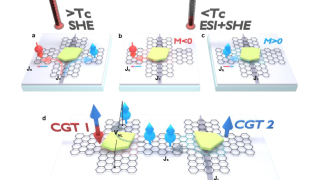
The photonic axion insulator in 3D
Imagine a world where light, instead of merely bouncing off surfaces or passing through transparent materials, is controlled in a completely new and unexpected way. Scientists have recently taken a major step in this direction by discovering what is called a “photonic axion insulator.” While this term might sound complicated, the underlying idea is both […]








